How European artists saw Moscow in the 18th and 19th centuries
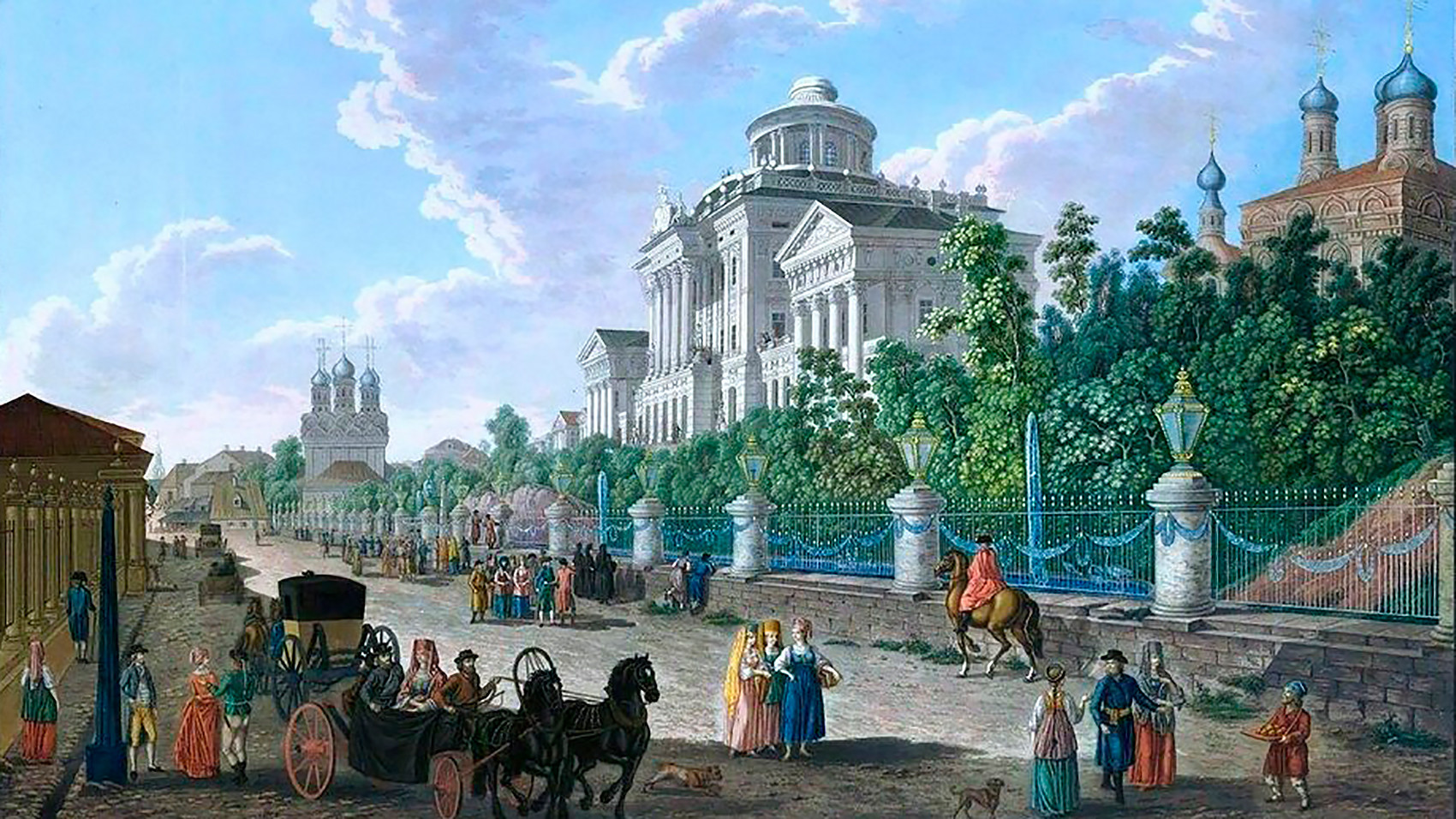
View of the Mokhovaya street and Pashkov House, Moscow, 1798.
Public DomainIn September 1812, Napoleon's troops entered Moscow. A fire that raged for several days destroyed most of the city, and since landscapes were not particularly popular in Russia in the late 18th and early 19th centuries very few depictions of pre-1812 Moscow remain. This is why works by European artists who happened to be in Russia at the time are such valuable sources of information about this period.
Cornelis de Bruijn
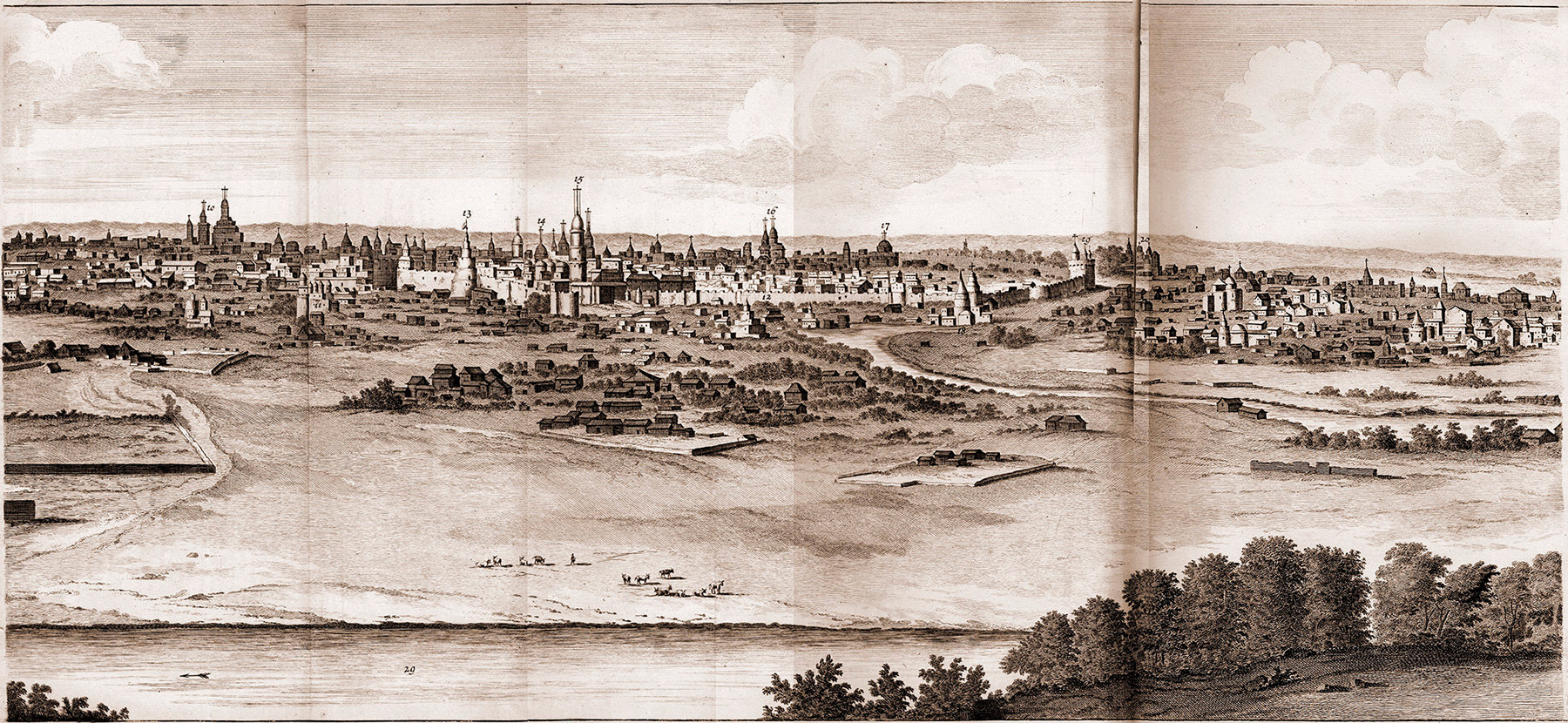
View from the Sparrow Hills, 1714.
Public DomainOne such artist was Cornelis de Bruijn, a Dutch traveler, author
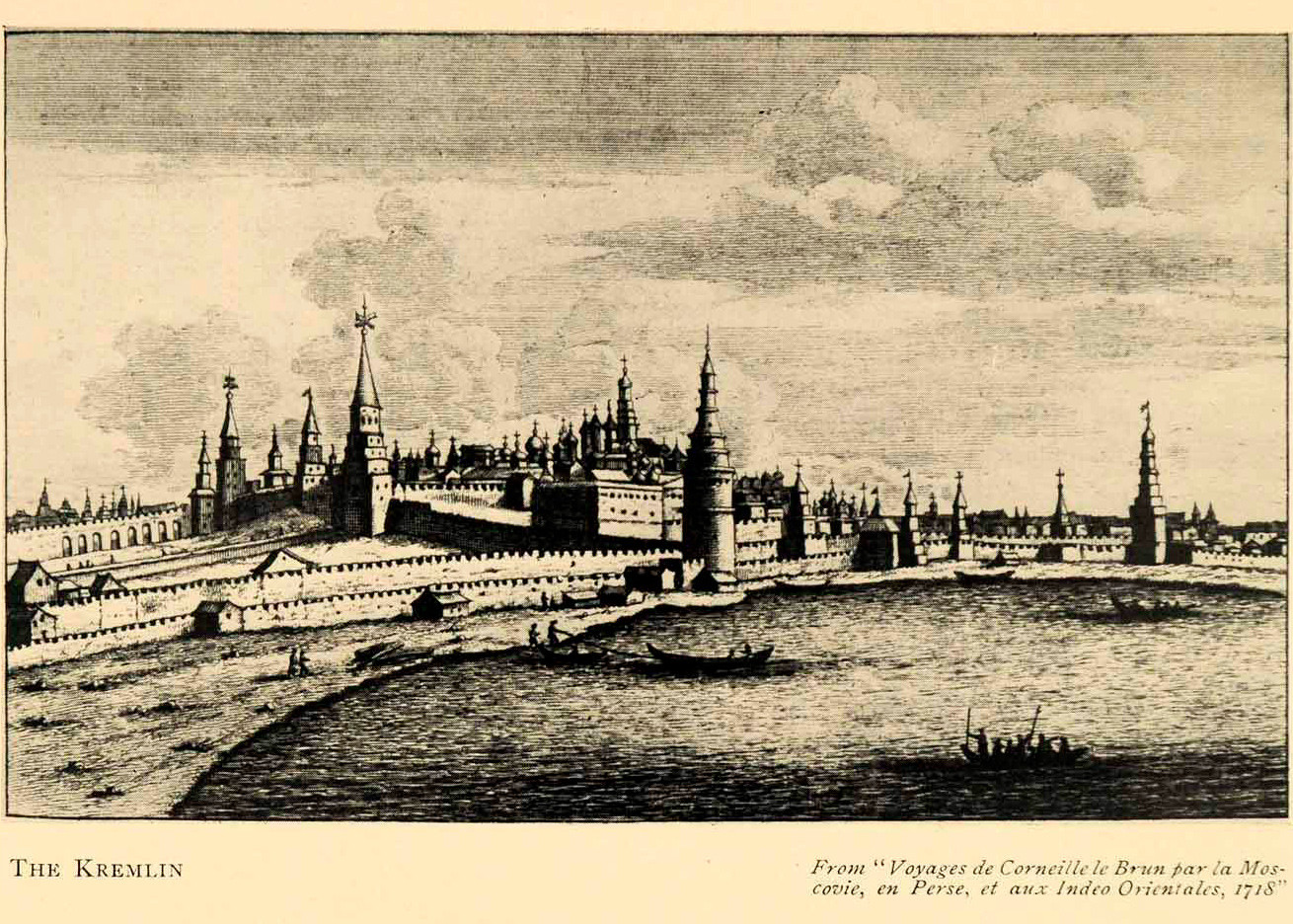
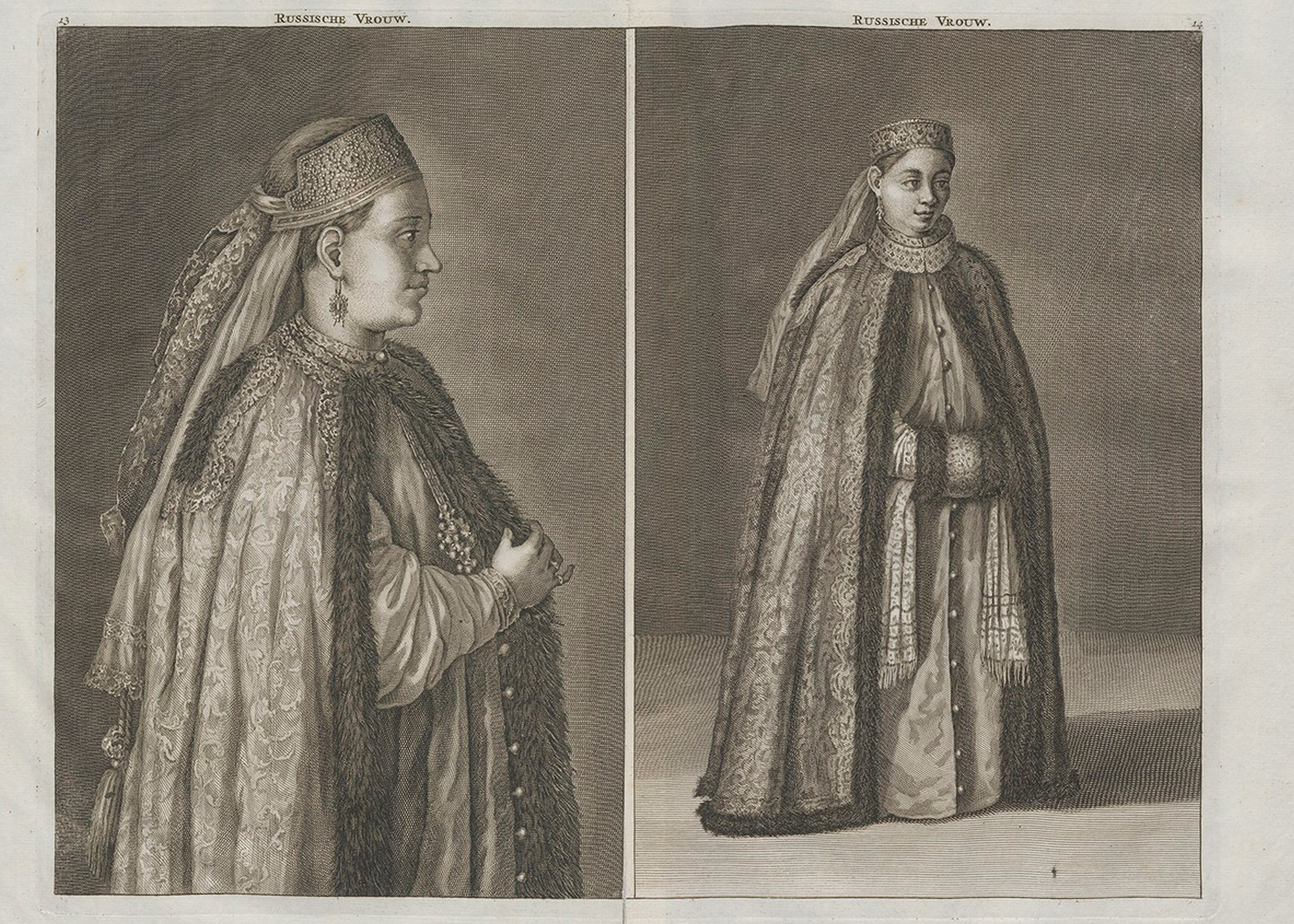
Russian woman, 1711.
Getty ImagesDe Bruijn also left detailed accounts of Muscovites' festivities and customs, clothes and food, noting in particular cabbage and cucumbers, which he said locals ate like people in other countries ate apples and pears.
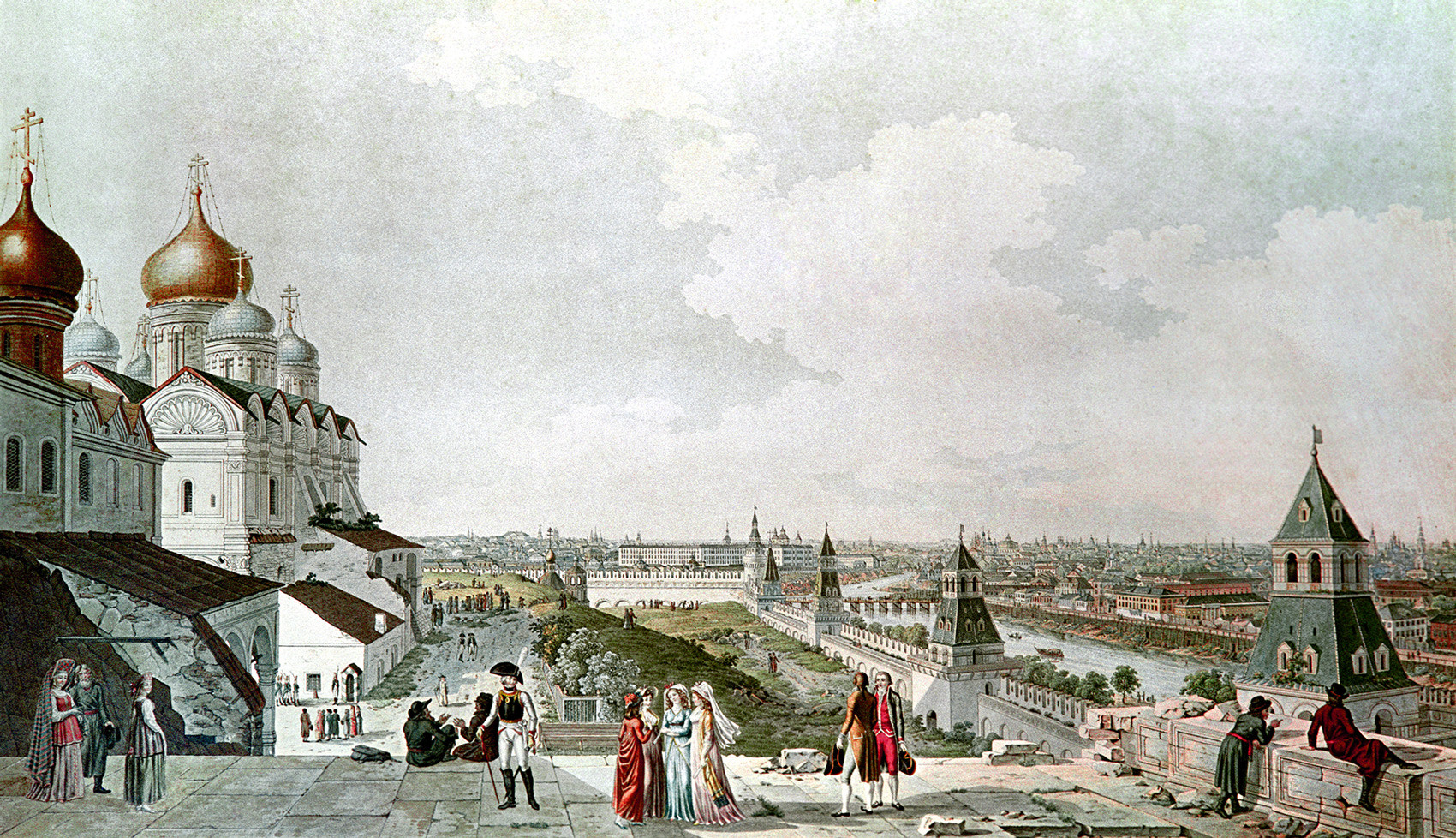
A view of Moscow from the balcony of the Emperor's Palace. An engraving by an unknown artist after the painting by Gerard De La Barth, 1800s. The State History Museum, Moscow.
SputnikGérard de la Barthe
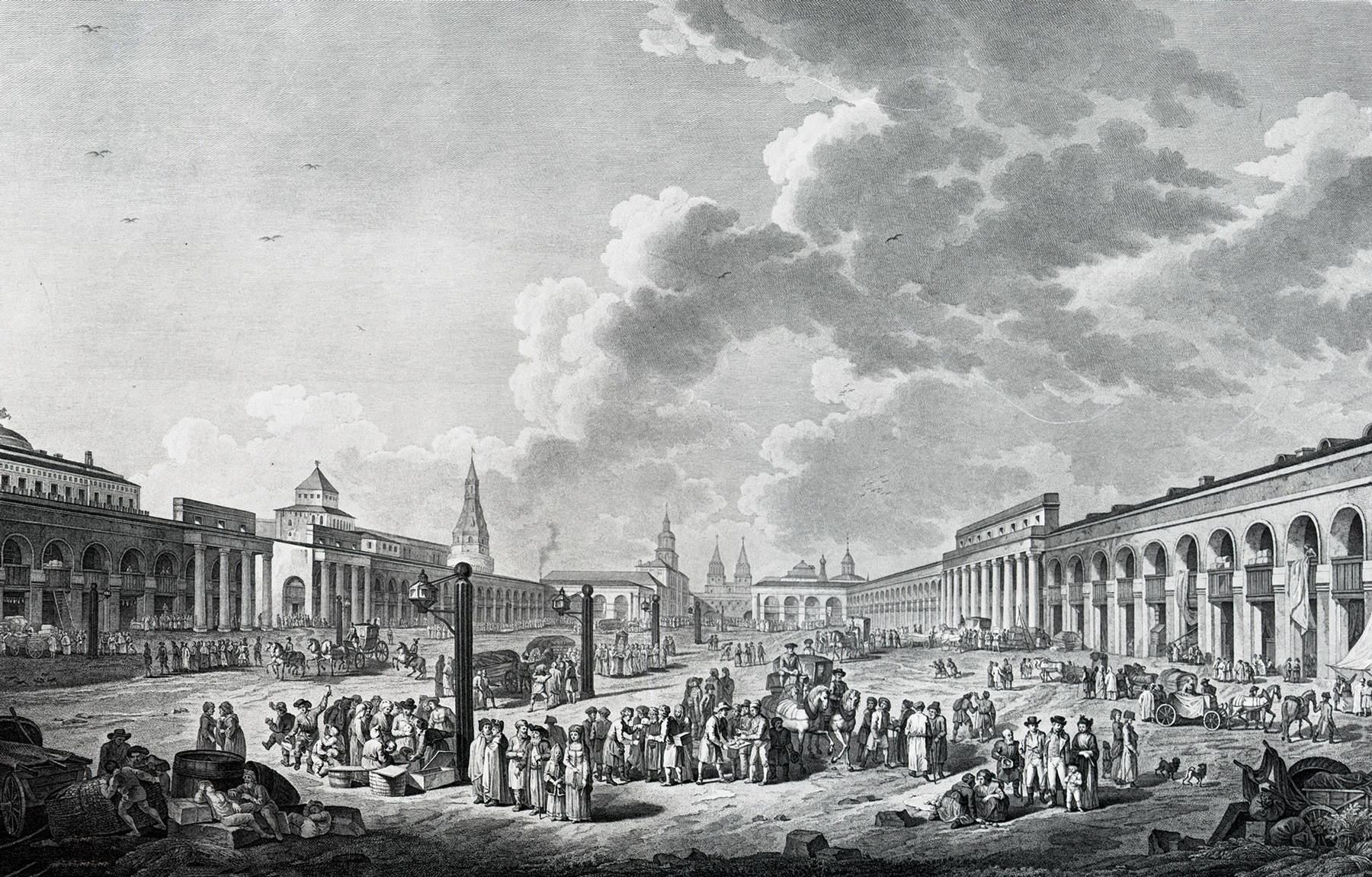
"Red Square", an etching by Gerard Delabart, late 18th century. The State History Museum, Moscow.
Sputnik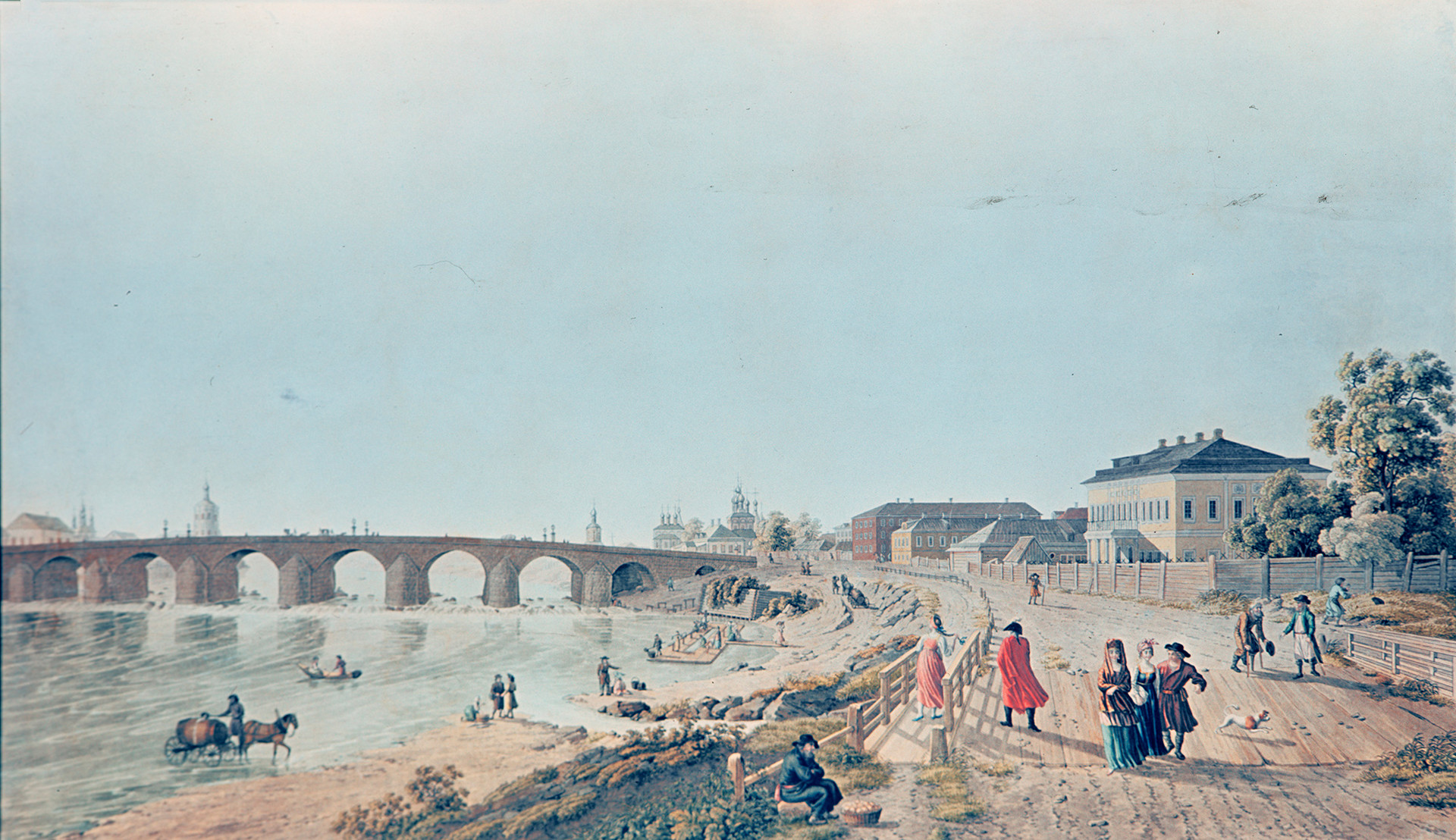
"View of Stone Bridge and its surroundings in Moscow from a wooden overpass and Naugolnaya Tower", an etching by G.Lori after the 1796 Gerard Delabart's drawing.
Sputnik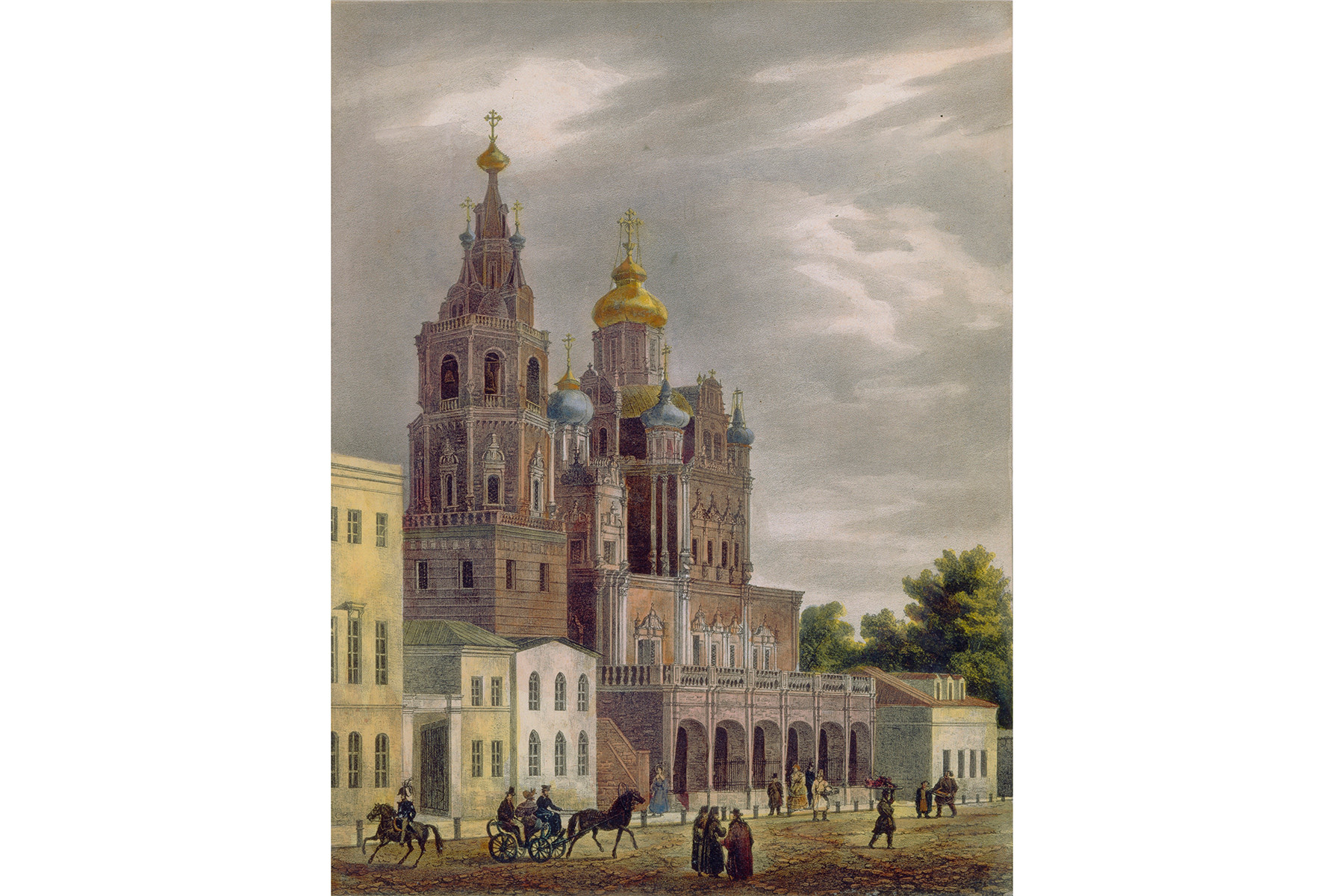
The Church of the Dormition of the Theotokos at the Pokrovka Street in Moscow, 1825.
Getty ImagesInterestingly, in many of de la Barthe's works, the Kremlin’s walls and towers, built from red brick, were depicted as being white, suggesting that for several centuries the famous Moscow fortress was regularly painted white.
Auguste Jean Baptiste Antoine Cadolle
The story of another French artist, Auguste Jean Baptiste Antoine Cadolle, could easily be turned into an adventure movie.
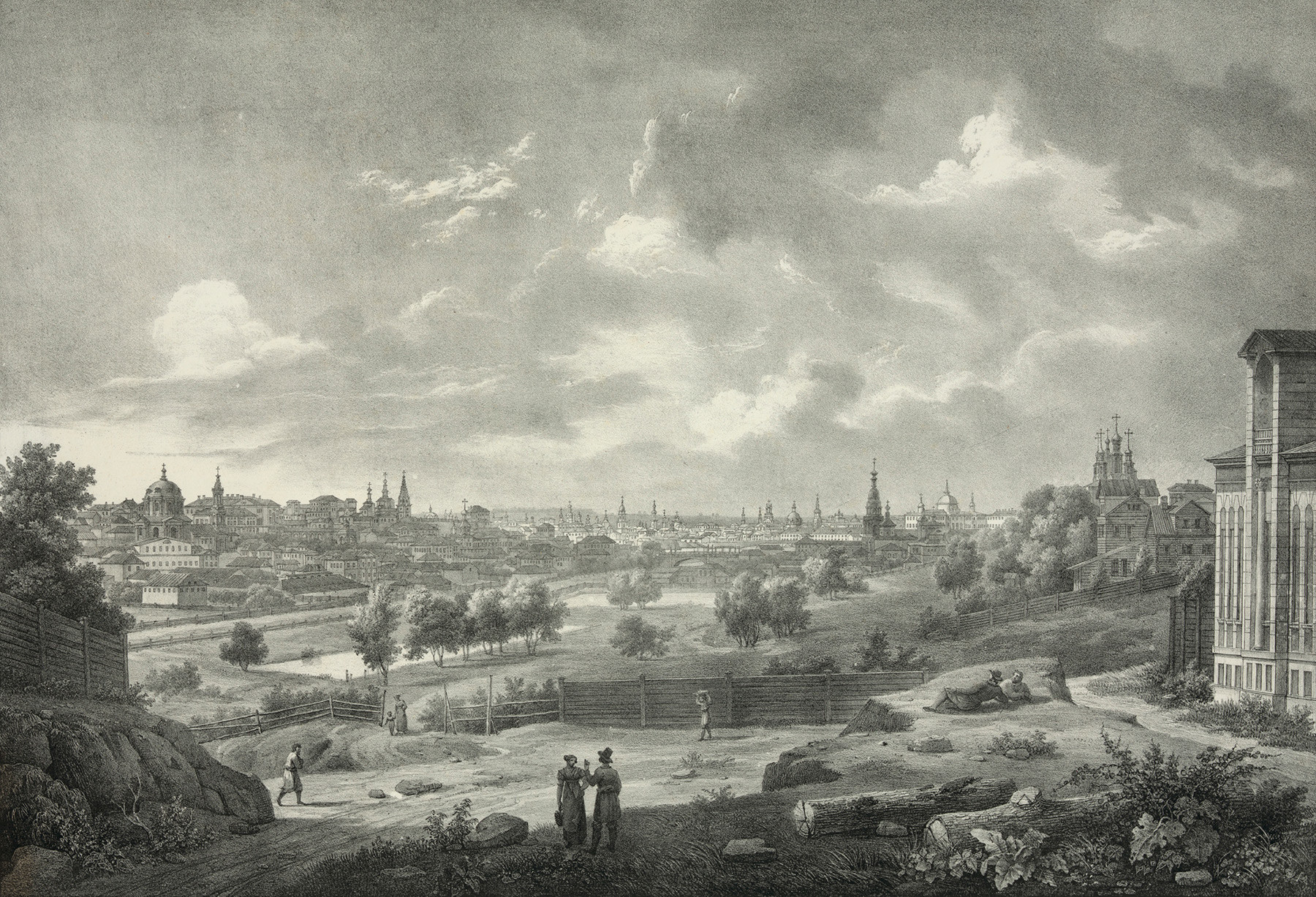
Over the Yauza River in Moscow, c. 1830.
Getty ImagesBorn into a modest Parisian bourgeois family, he dreamed of becoming a painter and even studied at the studio of a famous landscape artist named Jean-Victor Bertin. Nevertheless, in 1812 he enlisted as a volunteer in Napoleon's army. Cadolle’s military career was cut short in 1813 when he was taken prisoner by the Russians, but, thanks to his easy-going character, he learned Russian and returned to France just a year later.
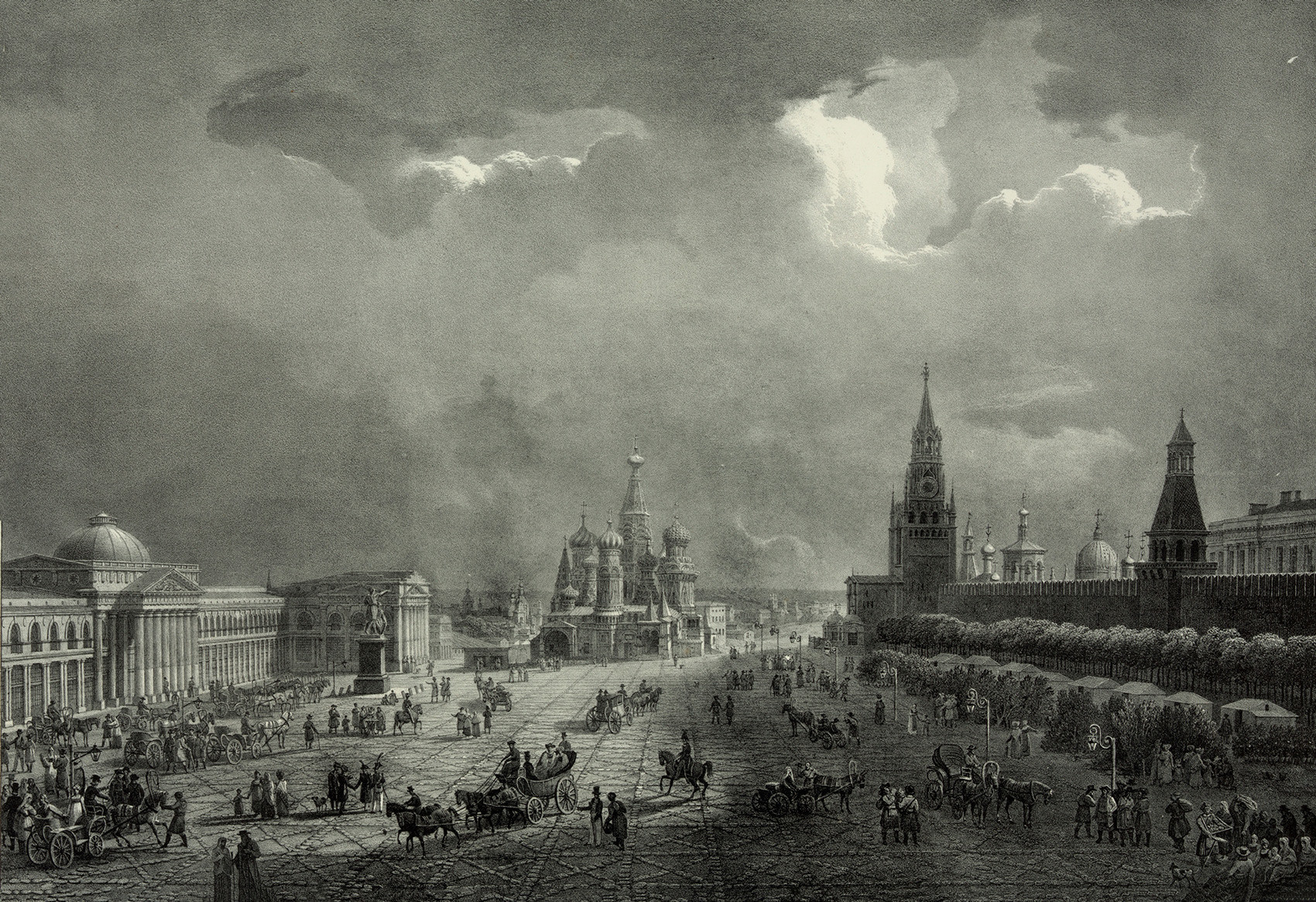
Upper Trading Rows at the Red Square in Moscow, c. 1830.
Getty ImagesIn 1819, King Louis XVIII ordered him to travel to Russia to work as a painter, depicting Moscow as it was being restored after the 1812 fire. In effect, the young artist became a secret agent.
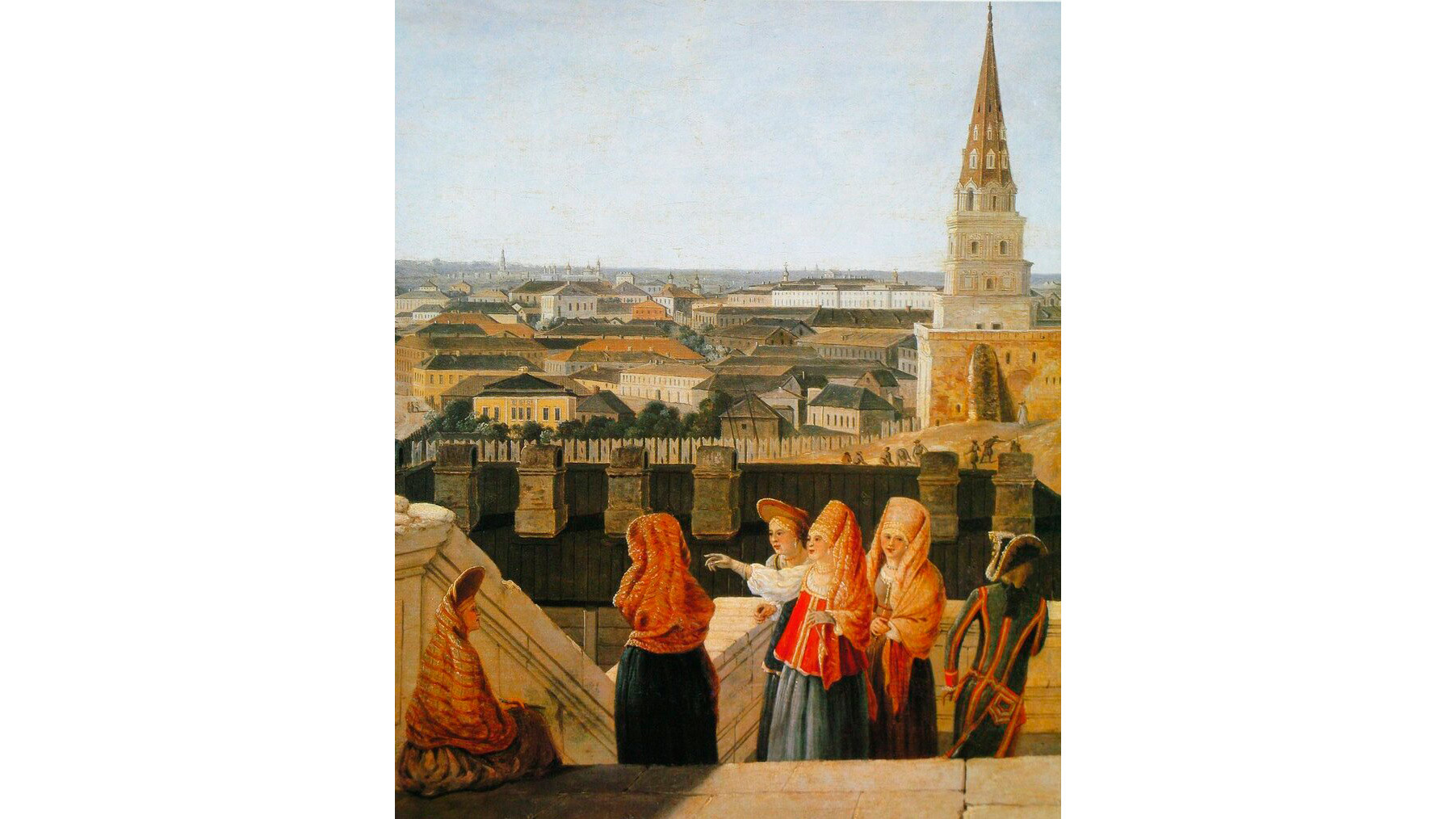
View of Moscow from the balcony of Imperial Palace, 1797.
Public DomainOne of his most interesting and symbolic works depicts Muscovites walking up and down Tverskoy Boulevard, which is where French troops had established their camp in the fall of 1812 when Napoleon's army entered Moscow. At the time, almost all the lindens that lined the boulevard were cut down and used to make fires. This is where the French cooked their meals on fires and sorted through items they had looted from local residents.

View of Moscow from the balcony Kremlin Palace, 1797.
Public DomainIf using any of Russia Beyond's content, partly or in full, always provide an active hyperlink to the original material.
Subscribe
to our newsletter!
Get the week's best stories straight to your inbox